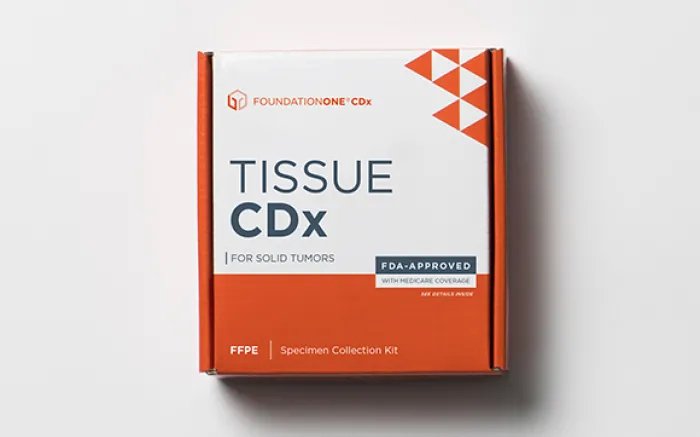BACKGROUND
Time is of the essence for cancer patients, therefore Foundation Medicine’s main business goal was turnaround time — test, analyze and report back findings to physicians so that they could make decisions about their patients’ care.
Working as the sole creative integrated with an Agile teams, I was responsible for guiding product owners and developers through research, discovery, and strategy to design solutions which balanced business goals with user needs. I identified bottlenecks, cross dependencies, and opportunities where digital experiences could improve workflow — all in an effort to keep the testing pipeline efficient.
CUSTOMERS
Integrated with enterprise product teams, I had the chance to connect directly with stakeholders such as lab technicians, pathologists, data scientists, and geneticists to ultimately improve the systems, tools, and platforms they used for their work.
GOALS
Develop an enhanced online portal experience to replace manual efforts of faxing specimen requests and support center phone calls — one that supports communication with FMI and pathology labs and mitigates current workflow inefficiences.
The goal of MVP Phase 1 was to produce foundational research and define the core experience pillars of the Pathology Portal.
Tags: B2B, B2C, UX, UI, visual design, IA, user research, mobile, responsive, communication, data, product design, SaaS
THE TEAM
Product Lead, Strategy Lead, Senior Researcher, 2 Senior Experience Designers, 1 Experience Design Intern
MY ROLE + TASKS
As senior experience designer, I took on various tasks such as designing solutions, concept testing, synthesizing interview findings, facilitating design workshops, feature prioritization activities and partnering with researchers and strategists.
Interviews + Concept Testing
We conducted several rounds of interviews and design concept testing. The purpose of the sessions was to gather data on:
pathology lab size
roles within a team
jobs to be done
analog processes
communication pathways
Candidates were recruited from a variety of sizes of pathology labs and teams— small, mid / large, even a large network of labs with multiple locations and cross-communicating staff. As we gathered feedback from each session, my task was to create iterative versions of the designs and make available for the researcher conducting the interviews.
Outcomes
Journey map illustrating phases and touchpoints of speciment procurement and where digital could enhance
Themes and patterns we uncovered and took into brainstorming design solutions and developing pillars
Team exercises post-interview sessions
Experience Pillars
MVP Design Solutions
Specimen status and progress tracking provides more transparency to both pathology lab staff and ordering physicians. The ability to know where the specimen is at any point in time as well as an estimated reporting date reduces manual activities and incoming calls to FMI support.
A contact action allows pathology labs to update FMI on details of specimen, delays, or issues. Known data is auto-filled.
Pathology lab managers can access an all specimen view with search, filter tools, quick and bulk actions.




